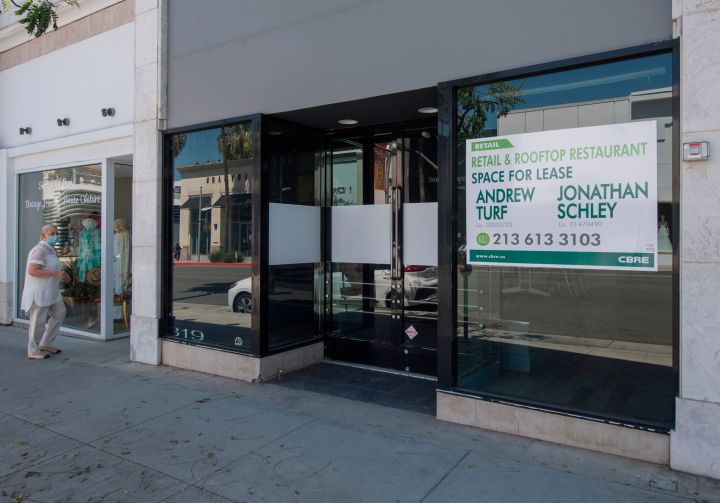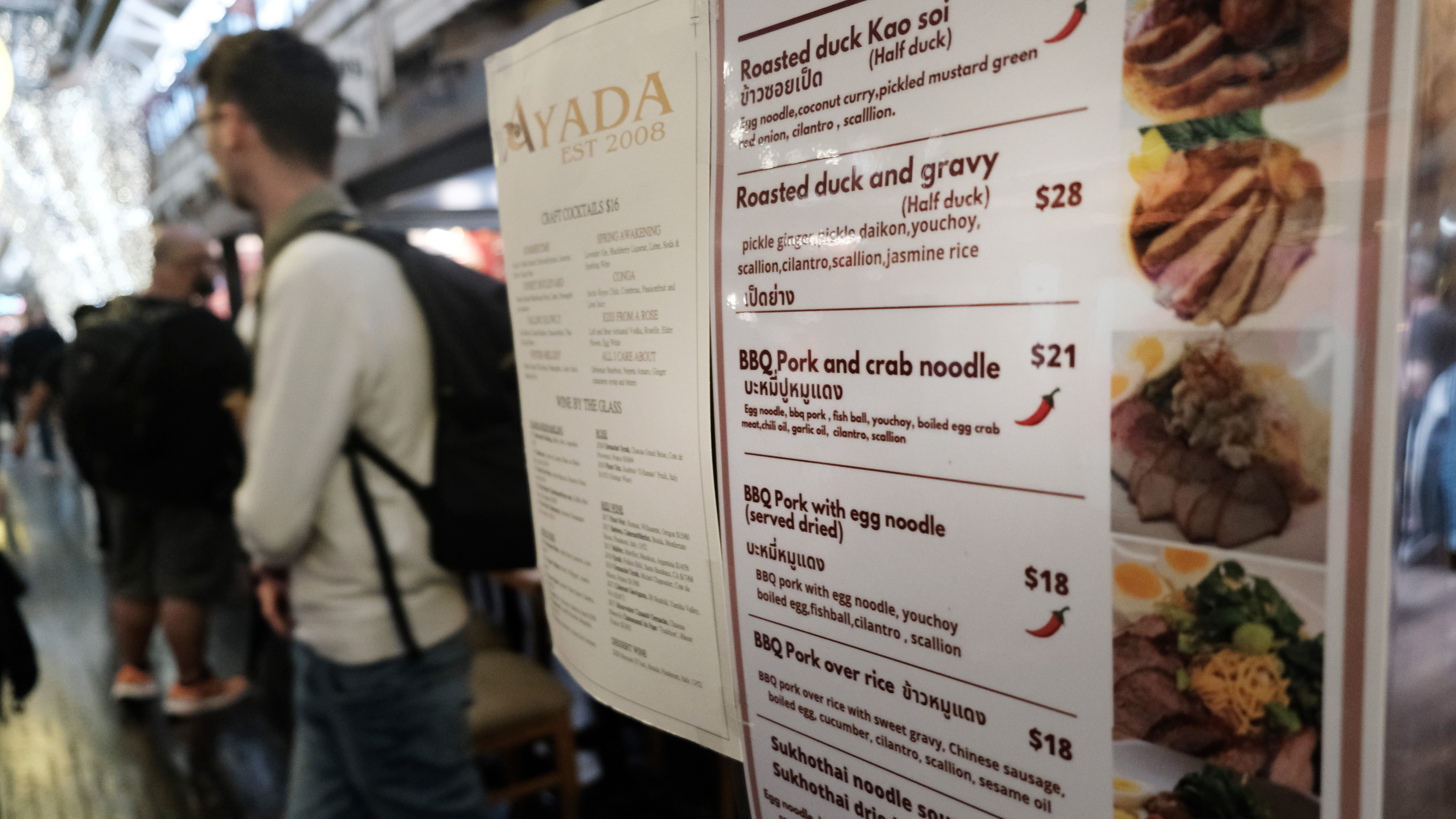
After closing their doors, restaurant owners ask, “What’s next?”
After closing their doors, restaurant owners ask, “What’s next?”

At the beginning of December, a National Restaurant Association survey found that almost 1 in 5 restaurants had closed during the pandemic. And until the pandemic is over, that number is sure to grow further.
Now, thousands of restaurant owners across the country are figuring out how to move on.
For 14 years, Carolyn Bolivar and her husband, Ezekiel, served chicken, collard greens, candied yams and other soul food at Z’s Restaurant in downtown Birmingham, Alabama.

Then the lockdowns started, and revenue dried up. To make matters worse, Bolivar didn’t have any luck getting a Paycheck Protection Program loan.
“And that’s when we decided that maybe it’s time,” she said.
In May, she and Ezekiel closed Z’s for good. Bolivar said that in a lot of ways it was a relief. She’s 72, and her husband’s 85.
“First thing I did was I got a sign — “Liquidation!” Bolivar said. “I had so much stuff. So many tablecloths, so many chairs.”

There’s a lot involved with closing a restaurant, said Emmeline Zhao, who closed her midtown Manhattan restaurant, Little Tong Noodle Shop, in October.
“You have to notify the landlord and beg for mercy, and you have to shut down all the things,” Zhao said. “Things like waste removal, grease removal, [human resources] and payroll.”
Zhao closed Little Tong in part because it mostly served office workers on their lunch breaks, a market that evaporated when the pandemic struck. But she stuck with her plan to open another restaurant called Silver Apricot.
It was initially going to be the kind of place where diners spent $100 or more each. And it was supposed to open in March. But Zhao delayed the opening until July.
“Come July, that wasn’t what the world needed,” she said.
So Zhao and her team have had to constantly tweak the business model. They tried out different menu options and price points to find the sweet spot.
“There’s no one correct answer for how we handle restaurants through the pandemic,” Zhao said. “It’s really all about iterations and ingenuity and listening to people.”
Sometimes, that has led owners to pivot away from running traditional restaurants. In Portland, Oregon, James Beard Award-winning chef Naomi Pomeroy closed her restaurant, Beast.
Before the pandemic, it offered six-course tasting menus for around $150 a person. Diners sat at long, communal tables, eating for 2½ hours.
“I don’t think people are coming back to sit like this,” Pomeroy said. “Like, not now, and who knows, even kind of if ever?”
Pomeroy used some of her PPP loan to start a business in the same location called Ripe Cooperative, which assembles meal boxes for pickup.
“It’s basically all online,” she said. “We’re teaching people to cook in their own homes, and so we offer videos that go along with each meal box.”
Pomeroy said she’s been able to bring back almost all of her back-of-house staff to help prepare the food. But she’s only brought back one of her servers.
“I’d love to be able to bring more of them back, and I just don’t know when I’m going to be able to do that,” she said.
In Birmingham, Bolivar and her husband are still preparing food for people, too. Longtime customers kept asking for her husband’s specialty, bean pie — a custardlike, vanilla-flavored pie made with navy beans. So Bolivar convinced her husband to start making and selling them.
“It was my idea,” Bolivar said. “I said, ‘Well we could pump this up, and that way you’ll be busy, and this will be your legacy, and blah, blah, blah.’ I just made it sound good.”
Now, Bolivar said they’re baking about 50 a week and trying to keep up with demand.
“We have something that a lot of people haven’t heard of,” she said. “And it’s absolutely delicious.”
Bolivar said the next step is figuring out how to ship them across the country.
There’s a lot happening in the world. Through it all, Marketplace is here for you.
You rely on Marketplace to break down the world’s events and tell you how it affects you in a fact-based, approachable way. We rely on your financial support to keep making that possible.
Your donation today powers the independent journalism that you rely on. For just $5/month, you can help sustain Marketplace so we can keep reporting on the things that matter to you.


















